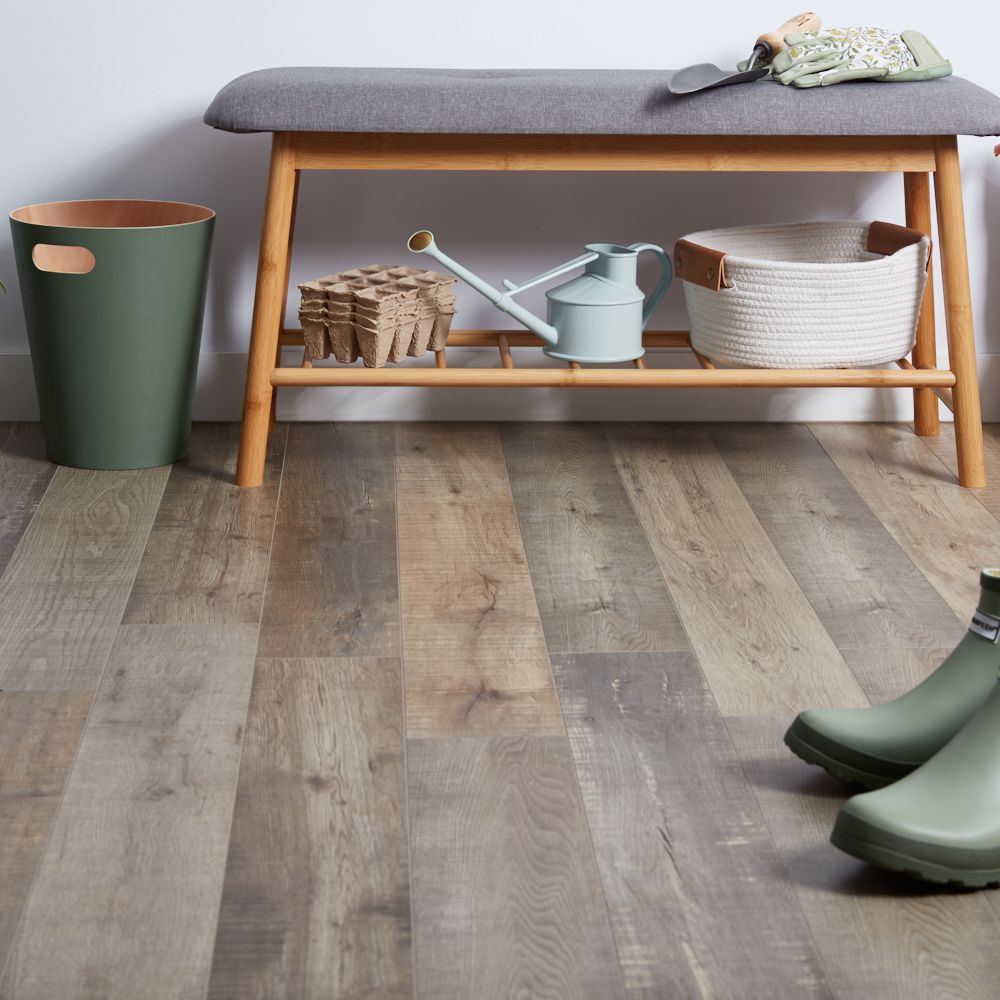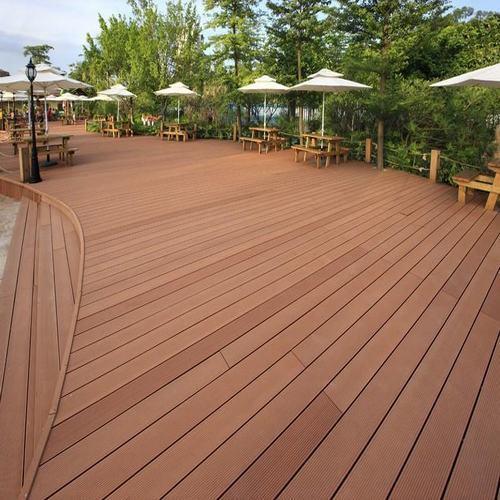
Choosing the right flooring isn’t just about aesthetics—it’s about function, durability, and how it complements your lifestyle. Every room in your home has different needs when it comes to flooring, and making the right choice can improve comfort, increase home value, and make maintenance easier.
Whether you’re renovating or building from scratch, this guide will walk you through how to choose the perfect flooring for every room in your home—balancing style, practicality, and budget.
Living Room: Striking the Balance Between Comfort and Style
The living room is the heart of the home—a space for relaxing, entertaining, and gathering with family. When selecting flooring here, consider materials that combine comfort with visual impact.
Top choices:
Hardwood Flooring – Timeless, elegant, and long-lasting. Offers warmth and charm.
Luxury Vinyl Plank (LVP) – Mimics wood but is more budget-friendly and water-resistant.
Carpet – Offers warmth and noise reduction, ideal for cozy atmospheres.
Tips:
Choose mid-tone colors that hide dust but keep the room bright. Rugs can be layered for added warmth and design flexibility.
Kitchen: Durable, Easy to Clean, and Moisture-Resistant
The kitchen is a high-traffic zone prone to spills, stains, and heavy foot traffic. Flooring here must be tough, water-resistant, and easy to clean.
Top choices:
Porcelain Tile – Extremely durable, moisture-resistant, and available in a range of designs.
LVP or Laminate – Great for a wood-look aesthetic without sacrificing practicality.
Cork Flooring – Soft underfoot and naturally resistant to mold and mildew.
Tips:
Avoid real hardwood in kitchens unless it’s sealed and protected properly. Look for textured finishes to prevent slips.
Bedroom: Soft, Warm, and Quiet Underfoot
In bedrooms, comfort is king. The goal is to create a serene, restful environment, so softer, quieter flooring options tend to be the best fit.
Top choices:
Carpet – Still the go-to for bedrooms thanks to its plush feel and sound insulation.
Engineered Wood – Gives the look of hardwood but adds a layer of insulation and comfort.
Cork – A sustainable, warm, and noise-absorbing alternative.
Tips:
Go for neutral, calming colors to support a restful environment. For hard flooring, add area rugs to create cozy zones around the bed.
Bathroom: Waterproof and Slip-Resistant Are a Must
Bathrooms pose a unique challenge: they’re frequently wet and humid, which means flooring must be waterproof and resistant to mold and mildew.
Top choices:
Porcelain or Ceramic Tile – Classic choices due to their waterproof nature and endless design options.
Luxury Vinyl Tile (LVT) – More comfortable underfoot than tile and highly water-resistant.
Natural Stone – Elegant and durable, but requires sealing to prevent water absorption.
Tips:
Look for tiles with anti-slip textures. Avoid wood or laminate unless specifically designed for wet areas.
Home Office: Practical, Comfortable, and Stylish
As more people work from home, flooring in the office should support a productive environment while still looking professional.
Top choices:
Engineered Wood or Laminate – Smooth surfaces that work well with rolling office chairs.
Low-Pile Carpet Tiles – Easy to install and replace, offering sound absorption.
Vinyl Flooring – Easy maintenance and a range of styles, from wood to concrete looks.
Tips:
Consider acoustic qualities—especially if your office is near living spaces or bedrooms. Add a stylish area rug to define the workspace.
Hallways & Entryways: High Traffic Means High Durability
These transitional spaces get more foot traffic than most areas in the home. The flooring here needs to withstand dirt, moisture, and wear.
Top choices:
Tile – Durable and easy to clean, great for muddy shoes or wet umbrellas.
LVP – Scratch- and water-resistant with the appearance of natural wood.
Natural Stone – Offers a premium look and holds up well under traffic.
Tips:
Opt for darker shades or patterned floors to hide dirt. Add mats or runners to reduce wear and tear over time.
Basement: Moisture Resistance Is Key
Basements are prone to dampness, so moisture resistance takes top priority. Depending on how the space is used, comfort might also be a factor.
Top choices:
Vinyl Flooring – Affordable, waterproof, and available in a wide variety of looks.
Tile – Best for very moist basements or laundry areas.
Carpet Tiles – If the basement is dry, these add warmth and can be replaced piece by piece if damaged.
Tips:
Always install a vapor barrier. Avoid hardwood or laminate unless your basement is fully waterproofed and climate-controlled.
Final Thoughts
When choosing flooring, there’s no one-size-fits-all solution. Each room in your home comes with its own demands, whether it’s moisture resistance, warmth, durability, or design impact. The perfect flooring Dubai solution is one that matches the function of the space, complements your personal style, and fits your budget.
By understanding the unique needs of each room, you can make smart, stylish decisions that stand the test of time—and feel great underfoot.






